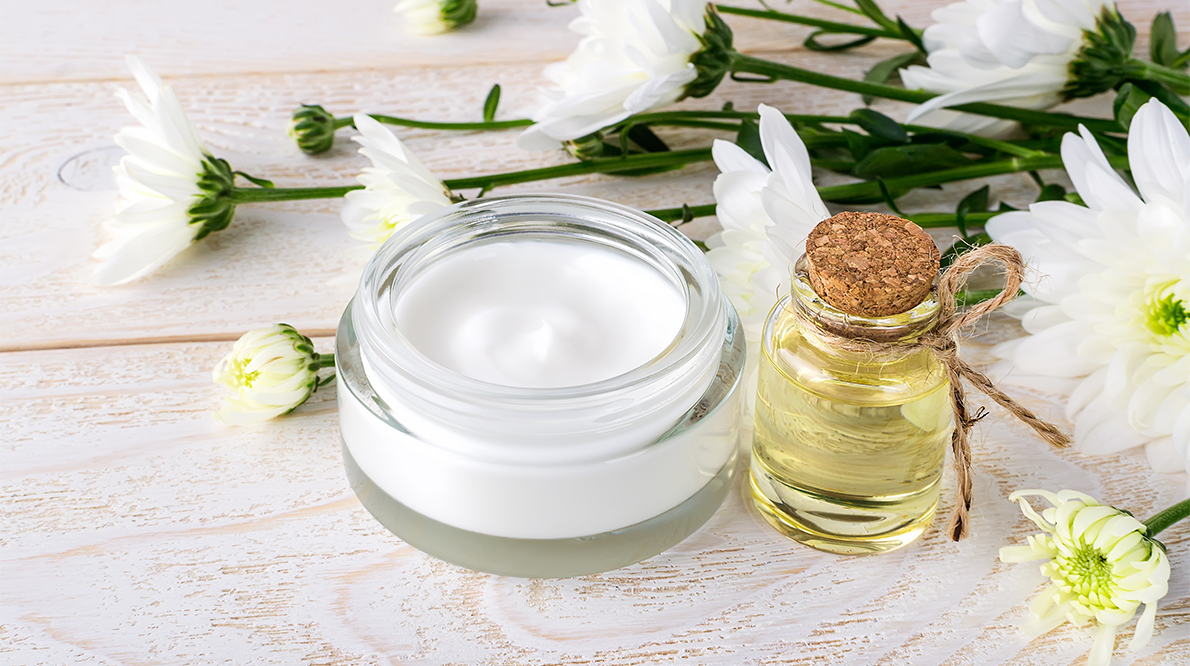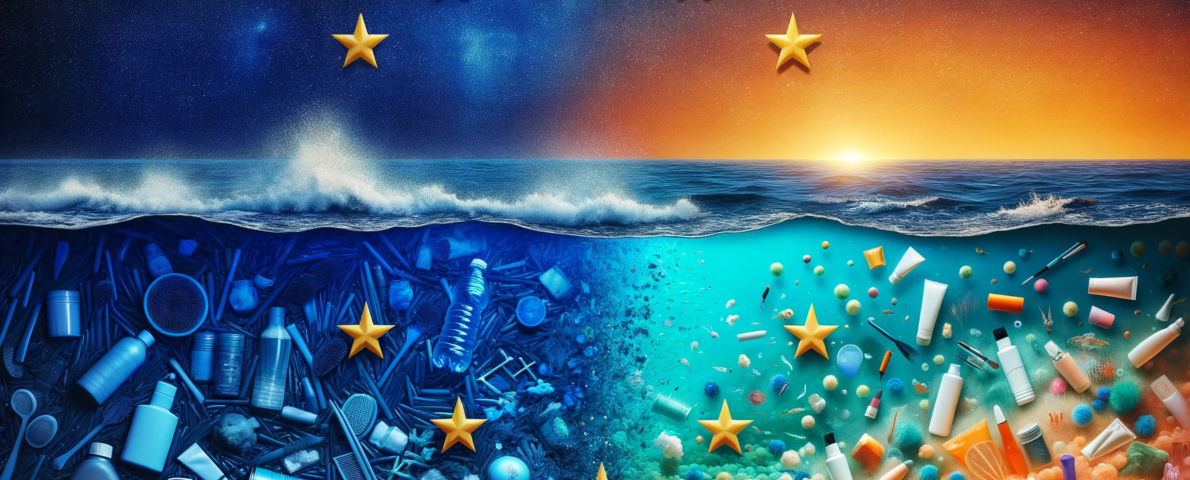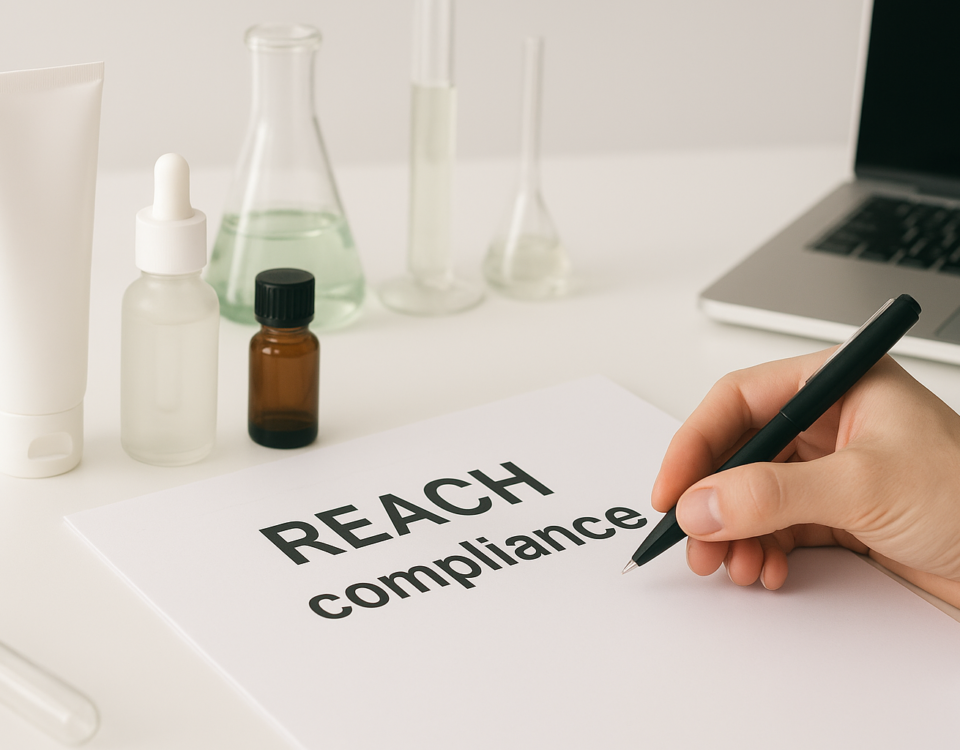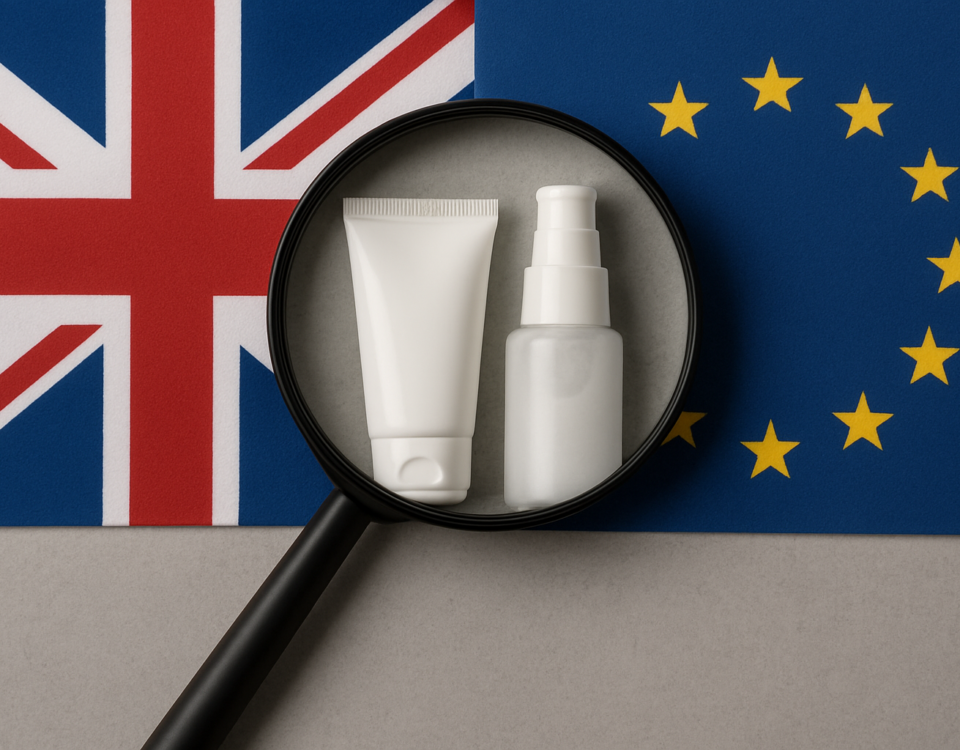
What is the cosmetics industry’s responsibility with regards to the application of the Nagoya protocol?
22 November 2023
Environmental claims
15 March 2024In a previous blog (https://clearorg.eu/microplastiques-et-cosmetiques/), we have already talked about how the presence of microplastics in the environment presents a risk to human health.
For a number of years now, Europe has been working on a stricter regulatory framework for their use and this goes as far as implementing total restrictions in certain cases.
The long-awaited (EU) 2023/2055 regulation on the prohibition of microplastics was finally adopted on 25 September 2023 and will come into force on 17 October 2023.
Amongst the measures included in the text, which will be integrated into the REACH legislation, it will prohibit the intentional addition of microplastics, at concentrations above 0.01% by mass, in consumer products, therefore including all cosmetic products.
What are the regulation’s application deadlines?
There are a number of important dates depending on the cosmetic product category concerned. As of these dates, the products in question will be completely forbidden from sale:
- 16 October 2023, for rinsed scrub or cleansing cosmetic products: this concerns plastic microbeads
- 16 October 2027, for rinsed cosmetics
- 16 October 2029, for no rinse cosmetics
- 16 October 2035, for make-up as well as all cosmetics for lips and nails
For this final category, the presence of microplastics must be mentioned on labels after 17 October 2031 and up to the prohibition date provided above.
So… what is a microplastic?
Microplastics, which may also be referred to as synthetic polymer microparticles, are solid polymers that meet the two following conditions:
- They are made up of at least 1% polymer by weight
- At least 1% by weight of these particles must meet one of the two following conditions
- All of the particles’ dimensions are less than or equal to 5mm;
- The length of the particles is less than or equal to 15mm and their length/diameter ratio is greater than 3.
Some polymers fall outside of this definition: “natural” polymers that are present in nature, biodegradable polymers, polymers with a solubility of more than 2 g/L and lastly, polymers that do not contain any carbon atoms in their chemical structure.
Are there any exceptions?
2 of the existing exceptions should be noted:
- Criteria 4a: If the polymer loses its microplastic aspect once it is part of the cosmetic product formula
- Criteria 5b: If the polymer loses its microplastic aspect when used by the consumer
In the latter case, two new dates need to be respected:
- From 17 October 2025, all labelling must include instructions on how to use and dispose of the product such that no microparticles are released into the environment.
- From 17 October 2027, an ECHA report on the use of these microplastics must be submitted by the 31 May each year.
Specific case for France
The notion of microplastics is already present in article 82 of the Agec law. The definition and exclusions used therein are relatively similar to those used by the European regulation. However the application deadlines are shorter: 1 January 2026 for rinsed products and 1 January 2027 for no rinse products (already in force for plastic microbeads in rinsed scrub/cleansing products).
The decree concerning the methods of application remains on standby.




